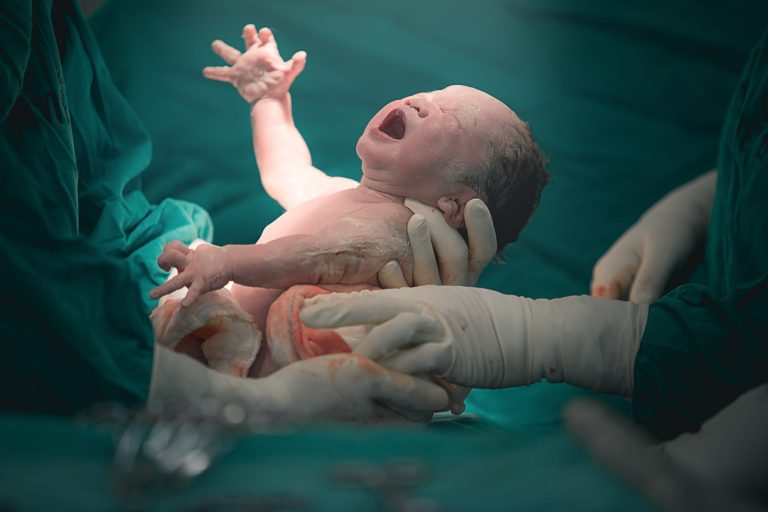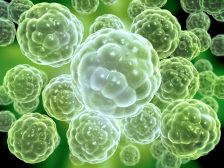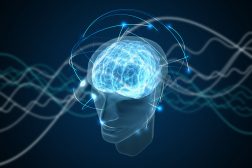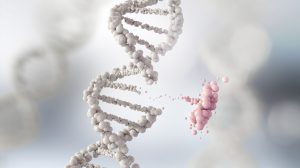Birth of a Human Baby

The human birthing process
Table of Contents
Continued from the previous tutorials, Fertilization and Fetal Growth and Development.
The baby soon outgrows the energy requirements that the placenta previously met, and is time to be conceived into the open world by the mother.
Stages of the Birth Process
Stage 1 – between 8 to 10 minutes
The release of oxytocin, a hormone, instructs the mother’s body that the food supply for the baby can no longer be met, which bring about contractions in the mother and soften the tissue of the cervix where the baby will pass through.
The ‘waters then break’ caused by the pressure of the contractions, the amniotic fluid which once surrounded the fetus is released.
Stage 2 – delivering the baby – 30+ minutes
This is where the baby is pushed down the cervix through the vagina, out to the open world. This is the hardest stage of labor, and it involves the mother ‘pushing’ with the contractions to force the baby out. This is a natural behavioral response in the mother due to the pain involved in getting the baby out.
Stage 3 – afterbirth
This is where the placenta is excreted after the newly born baby, as it is no longer required in the body and has served its function. The newly born baby must survive in the open world with its maternal parents there to help them learn, grow up healthily and care for.
The next tutorial investigates contraception, used to prevent pregnancy which although it is morally disputed, can be beneficial depending on your point of view. Contraception is not accepted in all parts of the world due to cultural and religious beliefs, but are a way to prevent intercourse leading to pregnancy.
You will also like...

The Evolution of Cell Organelles
The nucleus containing the genetic material, DNA, and the mitochondria, well-identified as the "powerhouse of the cell",..

Respiration
The human respiratory system is an efficient system of inspiring and expiring respiratory gases. This tutorial provides ..

Neurology of Illusions
Illusions are the perceptions and sensory data obtained from situations in which human error prevents us from seeing the..

Plant Water Regulation
Plants need to regulate water in order to stay upright and structurally stable. Find out the different evolutionary adap..

Consciousness and Behavior
Human consciousness and behavior are an interesting topic since they are determined and controlled by the brain. Conscio..

Control of Growth & Development
Control of Growth & Development tutorials look at how the genetic makeup determines the biological processes on a da..
